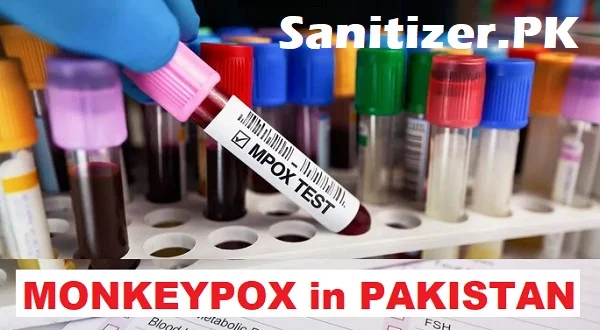Monkeypox, a viral zoonotic disease related to smallpox, is primarily carried by rodents, not monkeys. Human cases arise from contact with infected animals or consuming undercooked meat. The virus spreads globally, raising concerns about new hosts like pets, requiring vigilance to prevent outbreaks and manage transmission risks.
Monkeypox, a viral zoonotic disease closely related to smallpox, has gained significant attention in recent years due to its outbreaks in various parts of the world. While the name “monkeypox” suggests a connection primarily with monkeys, the reality is that the virus can be carried by a range of animals, not just primates. Understanding the broader scope of potential carriers is crucial for managing and preventing the spread of the disease.
The name “monkeypox” originates from its initial discovery in laboratory monkeys in Denmark in 1958. However, subsequent research has revealed that monkeys are not the primary reservoir of the virus in nature. In fact, the most common carriers of the monkeypox virus in the wild are rodents, particularly species like rope squirrels, Gambian pouched rats, dormice, and African squirrels. These small mammals are considered the natural hosts of the virus, and they play a significant role in its transmission cycle.
Human cases of monkeypox have been traced back to contact with these infected rodents, especially in regions of Central and West Africa where the virus is endemic. The virus can be transmitted to humans through direct contact with the blood, bodily fluids, or skin lesions of infected animals. In some cases, consuming undercooked meat of infected animals can also lead to transmission.
Interestingly, while monkeys and apes can contract the virus, they are typically incidental hosts, meaning they can become infected but are not the primary source of transmission. The same applies to other animals, including domesticated pets. There have been instances where pets, such as prairie dogs, have become infected and subsequently transmitted the virus to humans. This highlights the potential for a broader range of animals to act as carriers, especially when they come into contact with infected rodents or are kept in environments where the virus is present.
The spread of monkeypox outside its endemic regions has also raised concerns about the potential for the virus to adapt to new hosts in different ecosystems. For instance, in the 2003 outbreak in the United States, the virus spread to prairie dogs that were housed with infected Gambian pouched rats. This incident underscores the importance of monitoring not just the traditional carriers of the virus but also other animals that could become infected under specific circumstances.
In conclusion, while monkeys can carry monkeypox, they are not the primary or exclusive carriers of the virus. Rodents, particularly certain species in Africa, are the main reservoirs of monkeypox in nature. However, the potential for other animals, including pets, to become infected and spread the virus to humans highlights the need for vigilance and a broad understanding of the disease’s transmission dynamics. By recognizing the diverse range of potential carriers, health authorities can better anticipate and manage the risks associated with monkeypox outbreaks.

